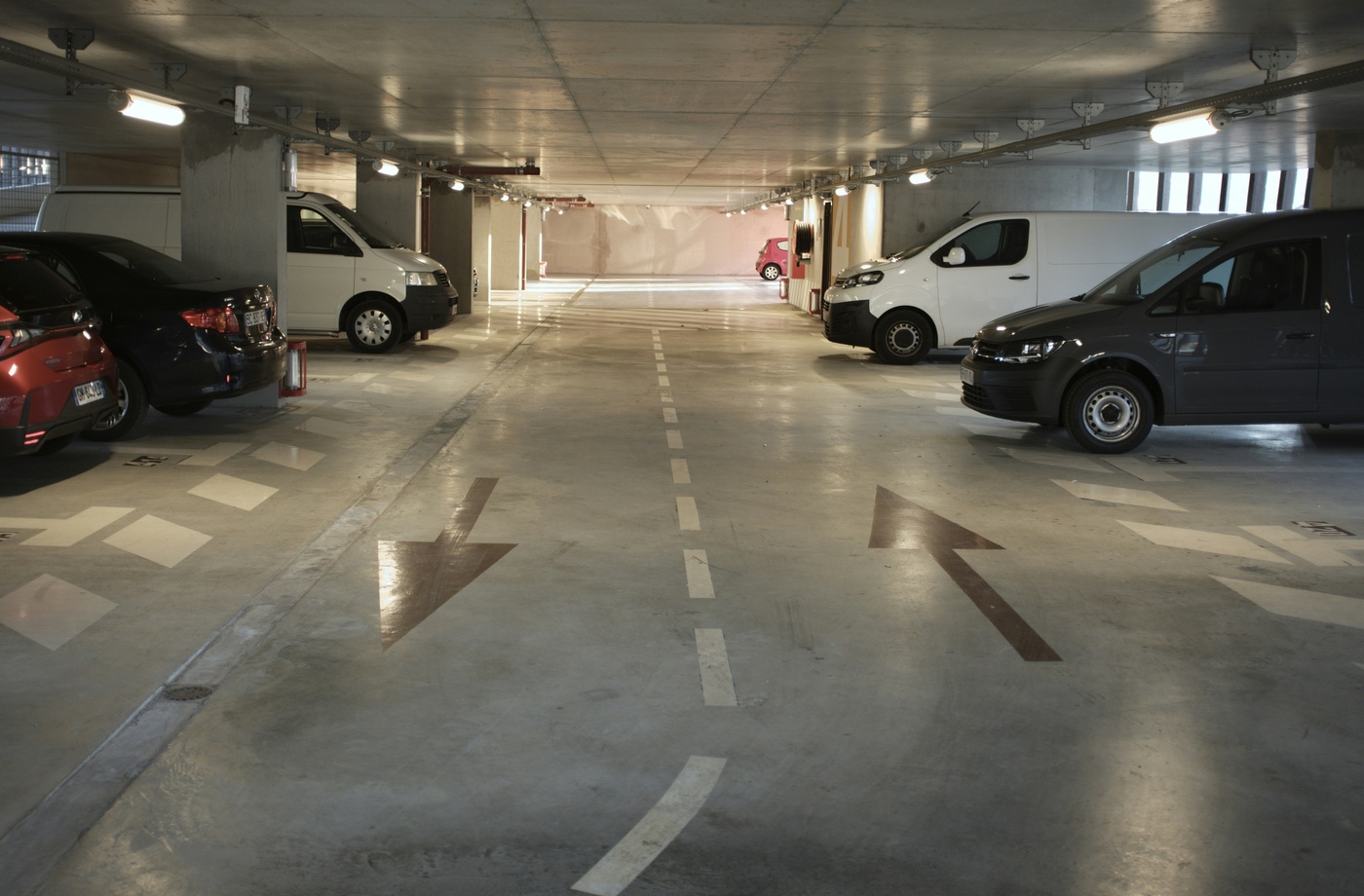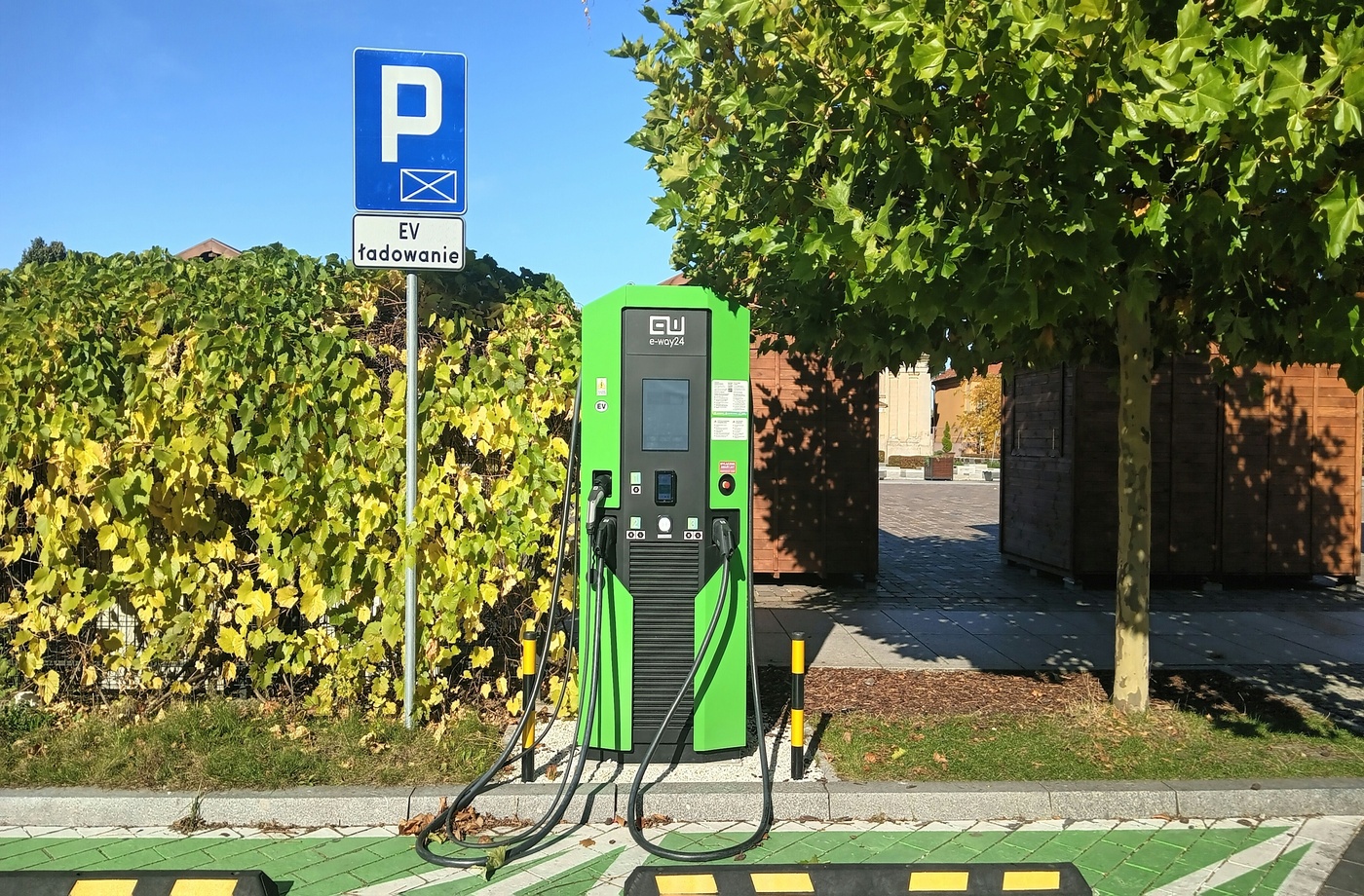As cashless transactions become the norm, mobile payments are reshaping how drivers pay—and how lot owners profit. From contactless QR codes to app-based access and rewards, digital tools are streamlining the parking experience while opening new doors for monetization. For parking lot operators and property managers, adapting to this shift isn’t optional—it’s essential.
Here’s how mobile payments are transforming parking operations and boosting profits.
Faster Payments, Lower Overhead
With mobile payments, there’s no need for ticket machines, payment kiosks, or on-site cash handling. This cuts down on hardware costs, reduces labor requirements, and minimizes the risk of theft or equipment failure. Platforms like ParkMobile and Passport allow drivers to pay for parking directly from their phones, eliminating the need for attendants or meter readers.
Mobile payments also reduce friction—drivers can extend time remotely, receive reminders, and store digital receipts. That level of convenience keeps people coming back.
Contactless Access Means Higher Turnover
QR codes and license plate recognition (LPR) systems speed up entry and exit times, especially in gated lots. When payment is automatic and contactless, it encourages turnover, which increases revenue.
For gated facilities, platforms such as FLASH integrate payment, access control, and real-time monitoring, giving operators insight into occupancy rates and payment trends.
Increased Data = Smarter Pricing
Mobile platforms track user behavior and spending habits, allowing lot owners to experiment with dynamic pricing based on demand, time of day, or nearby events. Real-time adjustments mean you can optimize rates without affecting user experience.
Data-driven models also allow for promotional discounts, loyalty rewards, or price drops during off-peak hours—tools that drive repeat usage.
Turn Parking into a Perk: Incentivize with Gift Cards
One creative strategy to enhance your mobile payment experience is integrating instant perks. Many operators now use rewards apps like Fluz to offer savings or bonuses at nearby merchants when customers park.
For example, you can encourage drivers to earn cashback with a Buffalo Wild Wings gift card if they’re parking near sports bars or restaurants, or get rewards with a CVS gift card if parked near pharmacy hubs. These promotions can be embedded into your lot’s signage, mobile app, or QR landing page.
The result? A smarter loop where parking payments drive additional spending—and customer satisfaction rises because drivers feel they’re getting more in return.
Cashless Is More Secure and Scalable
Mobile payments offer superior fraud protection and scalability. No cash on-site means lower liability, and no need for frequent collection. Cloud-based systems allow you to manage one lot—or dozens—remotely, with consistent uptime and automatic updates.
This model is ideal for operators managing lots across multiple locations or cities.
Adapting to User Behavior
Modern drivers are mobile-first. Over 6.9 billion people worldwide use smartphones. That’s your audience—and they expect digital-first experiences, whether they’re paying for coffee or parking.
If your lot isn’t optimized for mobile payments, you’re likely losing customers to competitors who are.
Conclusion
Mobile payments aren’t just about speed—they’re about strategy. When integrated with platforms like Fluz, QR codes, or app-based services, they create new revenue channels, reduce costs, and boost customer loyalty. Whether you operate a single lot or manage parking across an entire district, going mobile makes your business smarter—and your bottom line stronger.



